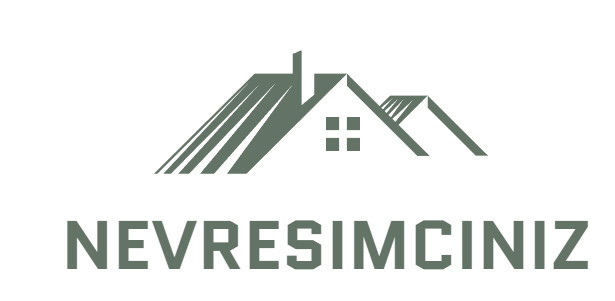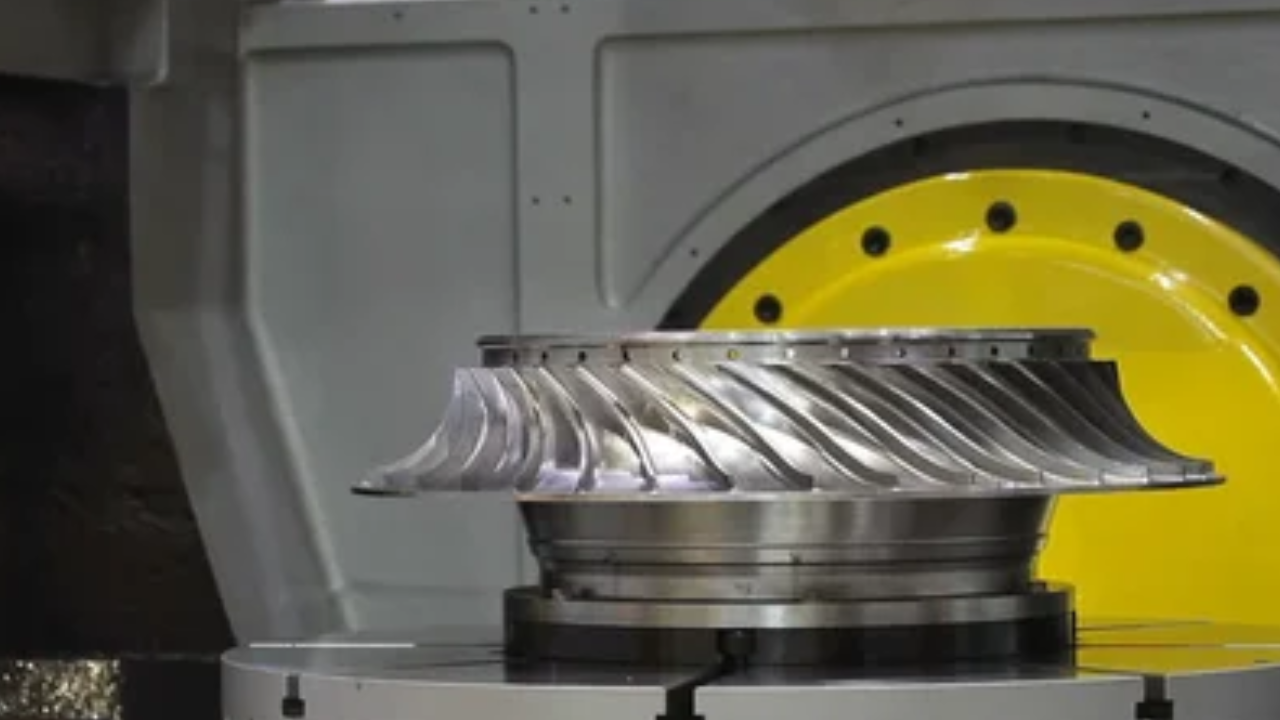Embarking on a journey through the machining world, we explore the realm of 4-axis machining a technique that adds a twist to traditional methods. In simple terms, 4-axis machining involves moving a workpiece in four directions, offering new possibilities for creating intricate designs and components.
They aim to unravel the basics of the 4-axis machining process, the machines that make it possible, and their practical applications across industries, and the advantages it brings to the table. Join us on this journey as we break down the complexities of 4-Axis machining in a way that's easy to grasp.
What is 4-Axis Machining?
In the dynamic world of machining, 4-axis machining stands out as a powerful technique that brings added versatility to the manufacturing process. They aim to demystify 4-axis machining by breaking down its essential components, processes, and applications, and weighing the pros and cons in straightforward terms. So, let's dive into the world of 4-axis machining.
Understanding 4-Axis Machining
Unlike traditional 3-axis machining, which moves the workpiece in three directions (X, Y, and Z), 4-axis machining introduces an additional rotational movement around one of these axes. Also, this rotational axis enhances the machine's ability to create more complex and intricate geometries, opening up new possibilities for manufacturers.
The Machining Process
The procedure entails securing the workpiece onto the machining table, enabling accurate movement along the X, Y, and Z axes, along with rotation around a fourth axis. Hence, this versatility allows the tool to reach various angles, thereby enhancing efficiency in cutting and shaping the material.
Machines Used in 4-Axis Machining
Machining centers specialized for 4-axis operations feature a rotary table or indexer to facilitate the necessary rotational movements. Also, these machines are available in different setups, including horizontal and vertical configurations, designed to meet specific manufacturing requirements.
Applications of 4-Axis Machining
The versatility of 4-axis machining finds applications across various industries. It is precious in the production of aerospace components, automotive parts, intricate molds, and medical devices. The ability to approach a workpiece from different angles enhances the precision and complexity achievable in these applications.
Advantages of 4-Axis Machining
4-axis machining brings a plethora of advantages to the manufacturing realm, revolutionizing the precision and intricacy achievable in the production of components. One of the primary advantages lies in the increased complexity it offers. By introducing a rotational movement around one axis, 4-axis machining allows for the creation of intricate geometries and contours that may be challenging with traditional 3-axis methods.
Another notable benefit is the reduction in setups. Th. Enhanced tool access is also a significant advantage, as engaging the material from different angles results in improved surface finishes and reduced tool wear. In essence, the advantages of 4-axis machining contribute to its popularity in industries that prioritize intricate designs and streamlined manufacturing processes.
Drawbacks of 4-Axis Machining
While 4-axis machining introduces a host of advantages in terms of increased complexity and reduced setups, it is essential to acknowledge its drawbacks. One notable drawback lies in the complexity of programming. Unlike traditional machining methods, 4-axis machining requires more intricate programming, demanding a higher level of expertise.
Additionally, the equipment cost poses another drawback. Specialized 4-axis machining centers are more expensive than their 3-axis counterparts, impacting the initial investment required. Despite these challenges, the advantages of 4-axis machining often outweigh the drawbacks, particularly in industries that demand the precision and versatility it offers.
Conclusion
4-axis machining of 3ERP emerges as a valuable technique offering enhanced capabilities for creating intricate components. Manufacturers can make informed decisions about incorporating 4-axis machining into their production processes by understanding the process, machines involved, and applications and weighing the advantages and drawbacks. As technology advances, the continued evolution of machining techniques like 4-axis machining promises to reshape the landscape of precision manufacturing.


